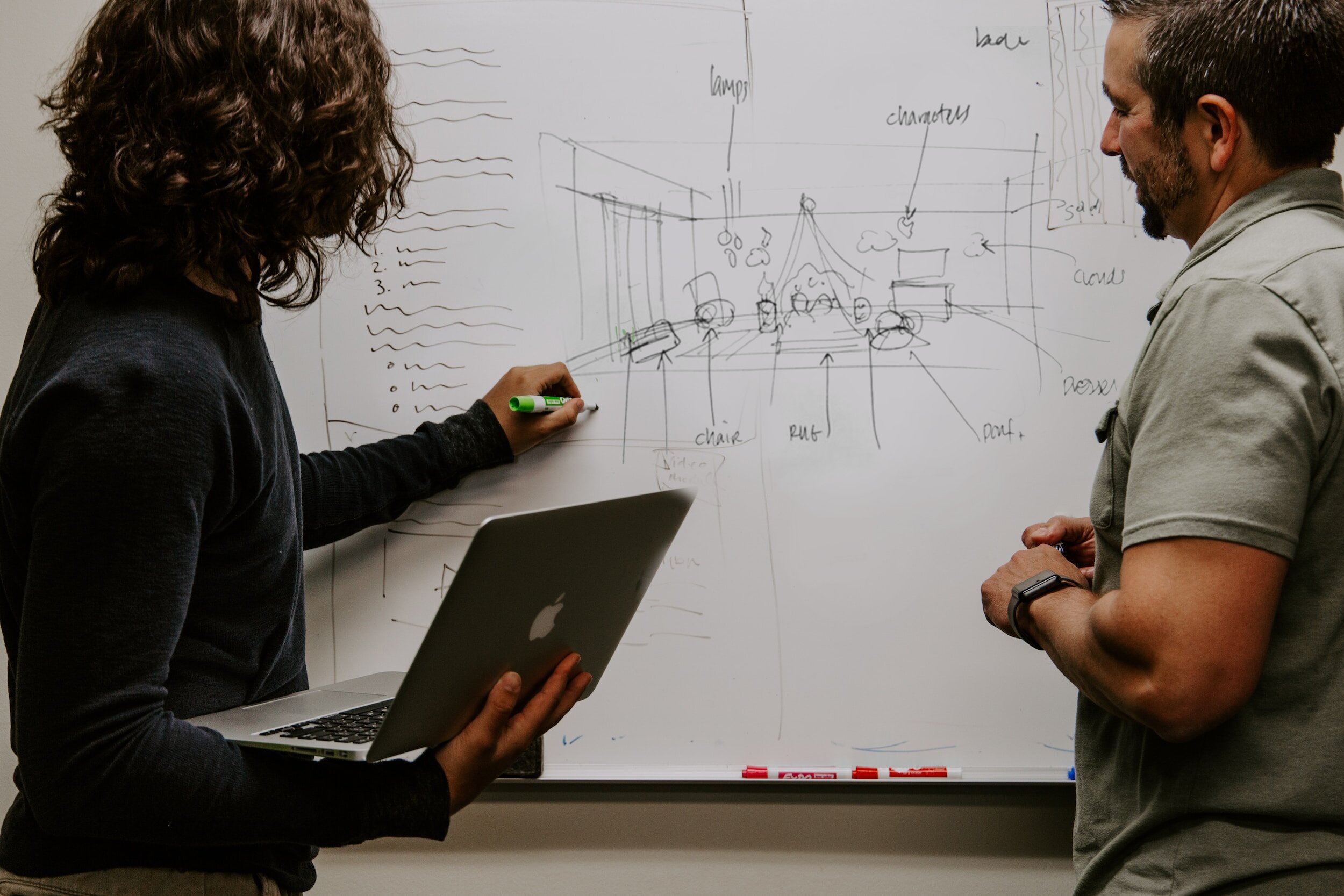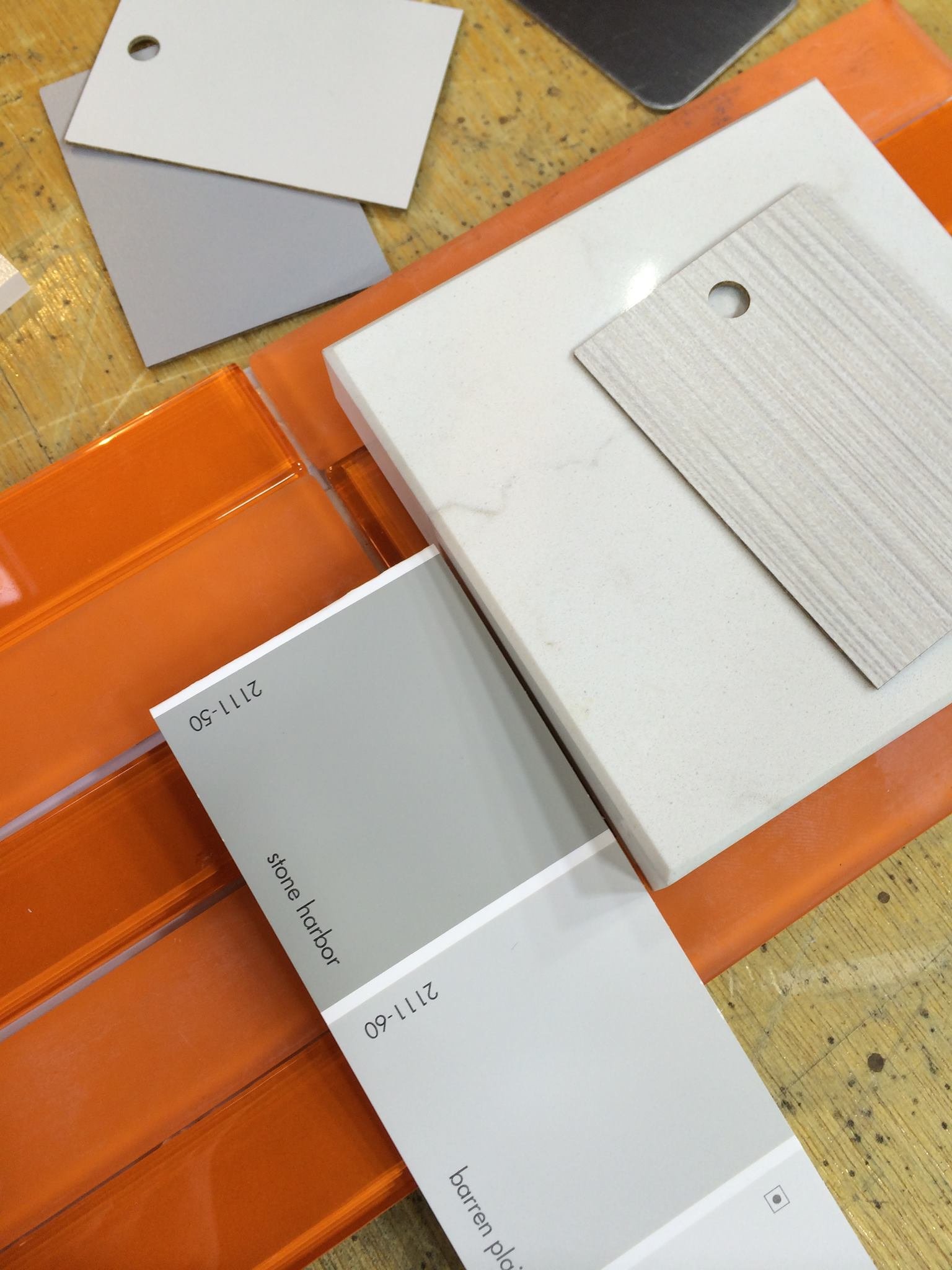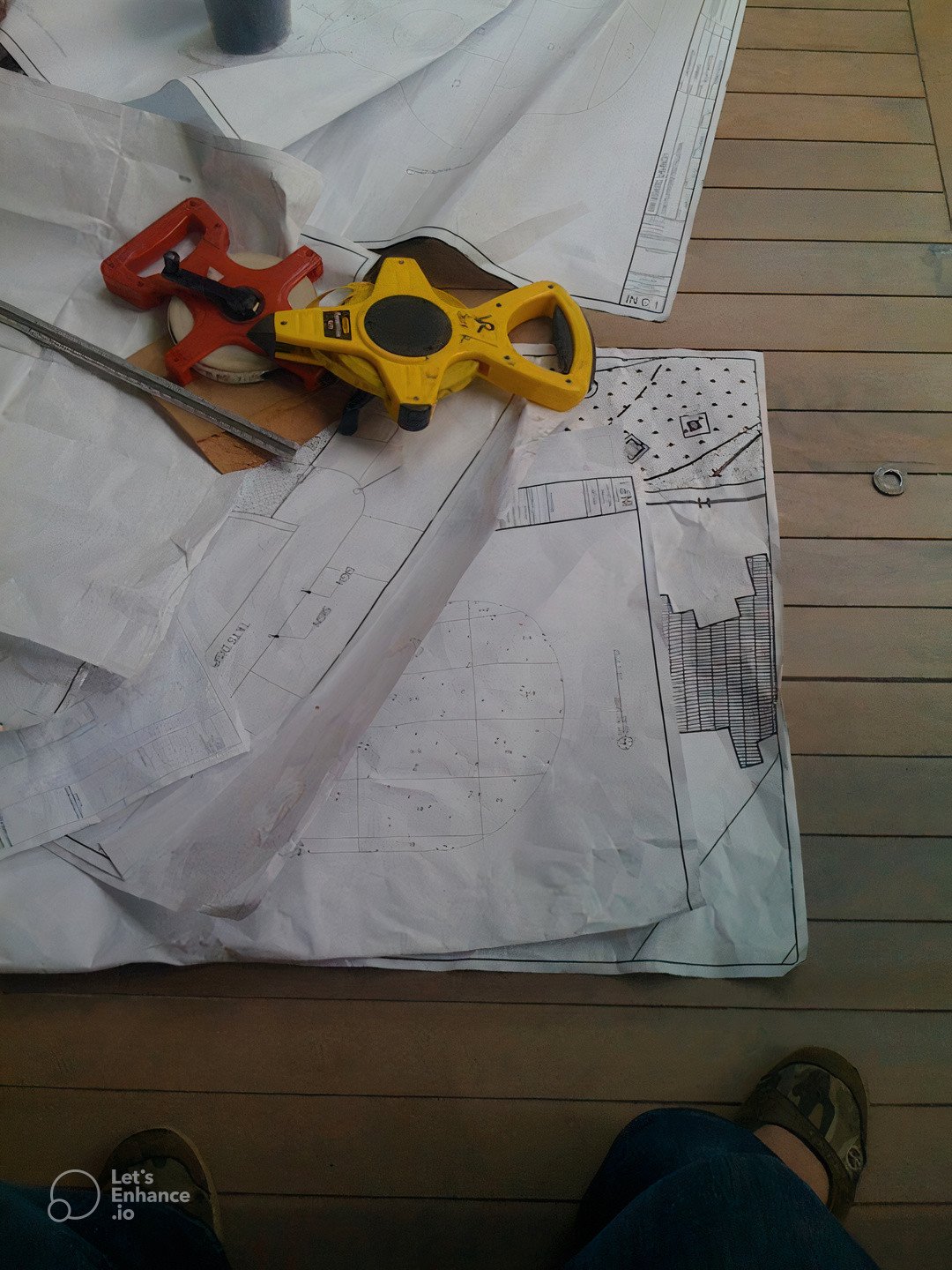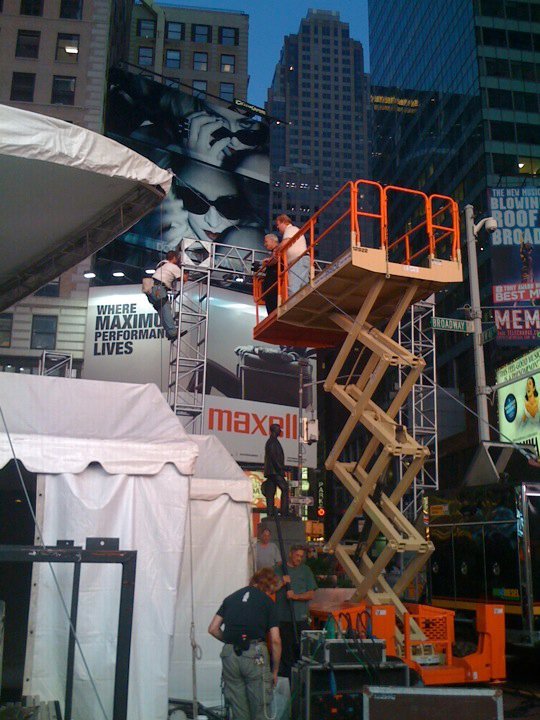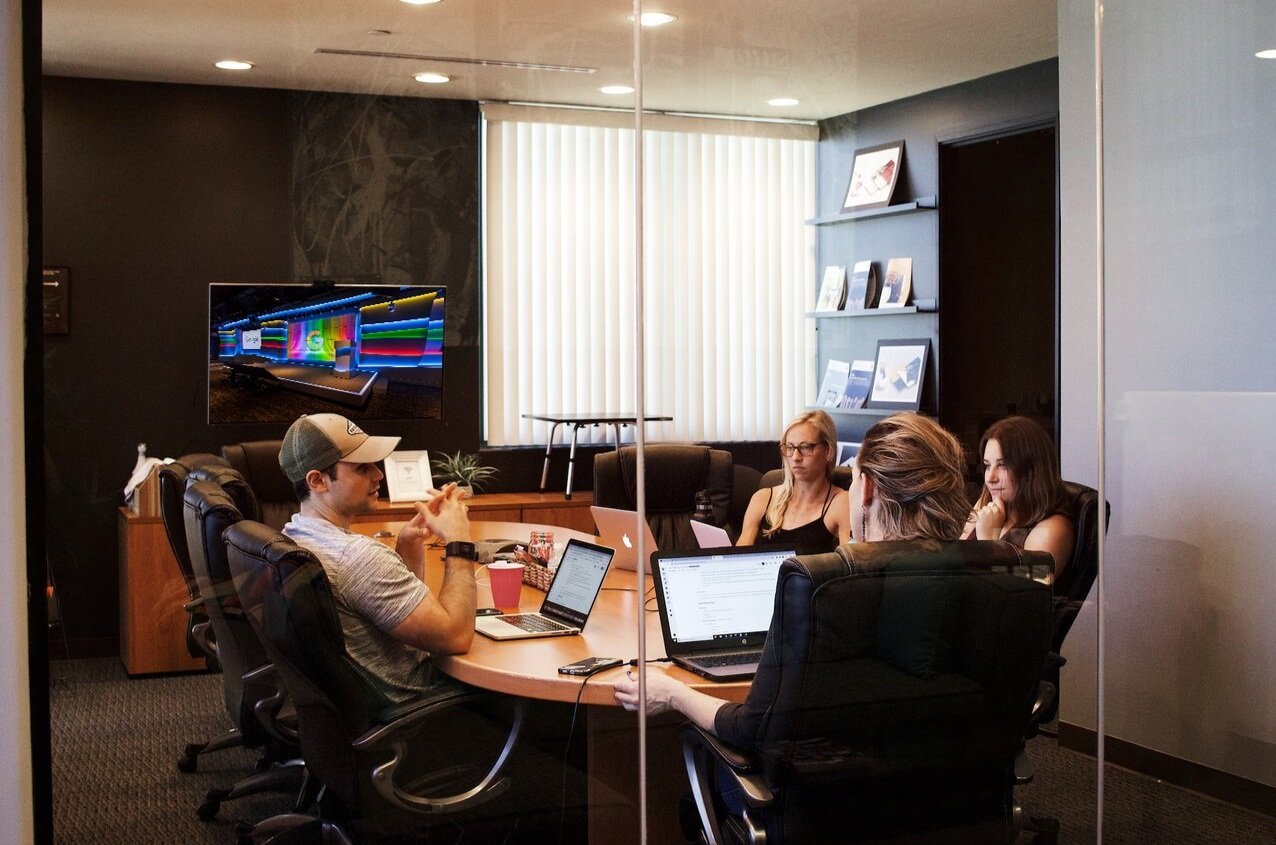About
Your destination for bespoke scenic design in the heart of New York City. Specializing in crafting tailored environments for television, online broadcasting, and live events, we take pride in delivering sophisticated and functional spaces.
Approach
We prioritize a collaborative and inclusive approach to storytelling within our team. The initial approach involves bringing together diverse perspectives and skill sets, fostering an environment to shaping the narrative. Through open discussions and brainstorming sessions, we encourage the exploration of various ideas and viewpoints. This collaborative spirit not only sparks innovation but also ensures that the final story reflects a collective vision. This inclusive foundation sets the stage for a rich and dynamic storytelling experience, where the fusion of diverse talents results in a narrative that is both compelling and resonant.
Process
Culture
At our core, we've cultivated a culture that embraces collaboration and teamwork. Drawing expertise from a spectrum ranging from architecture and interior design to theater and film, we actively seek diverse viewpoints. Our creative process is centered on the power of ideas, where merit reigns supreme – egos take a back seat in our dynamic environment.
Founder
Camille Connolly has served as a production designer, art director, and project manager for internationally-recognized and award-winning projects the world over. Since founding 3C Studio, Inc. in 2009, Camille has produced designs for networks, cable television, news, talk, live events, corporate branding events, and internet-ready brands with a small-but-mighty team. With Camille at the helm, 3C Studio has earned Emmy Awards, Set of the Year Awards, and BDA Awards. But, as grand as that sounds, these accolades are really icing on the cake for Camille, whose passion lies in working closely with a band of individuals dedicated to a common goal: creating the best environmental experiences possible for their clients. A New Yorker for many years, Camille hails originally from the Pacific Northwest, an area she still loves to visit. BFA Southern Oregon University, MFA Carnegie Mellon.


